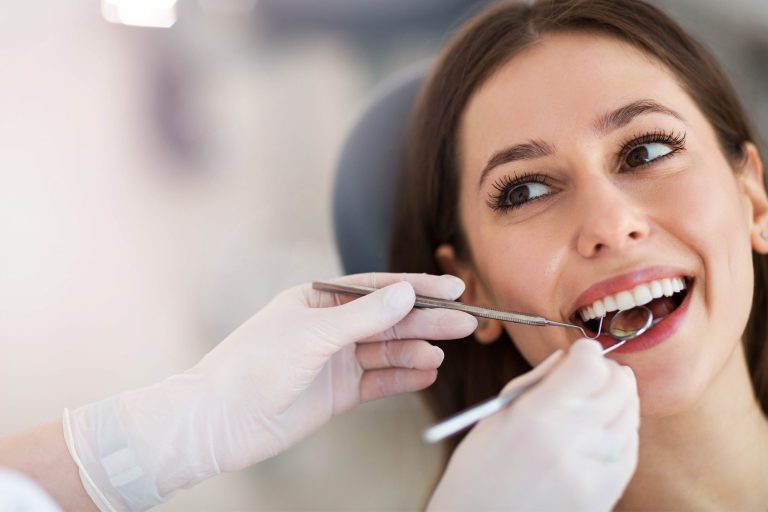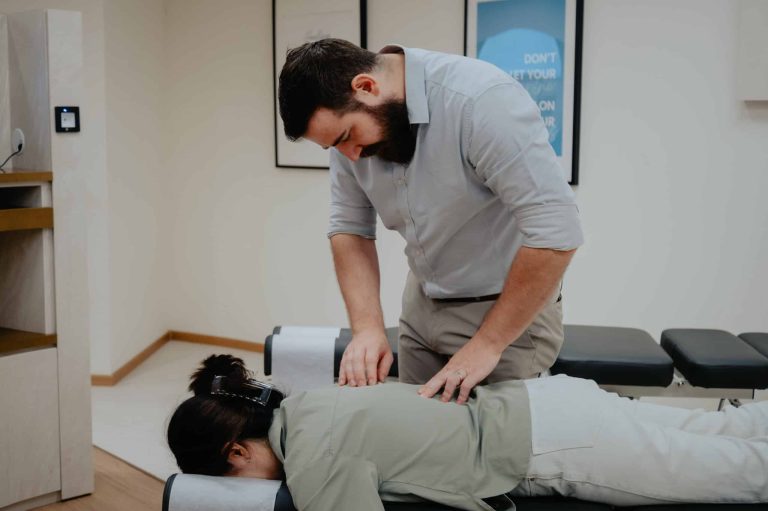A relatively new term is used these days in dentistry and this causes some degree of confusion among patients. When talking about restorative dentistry we basically refer to everything associated with dental restorations. The treatments covered include dental crowns, implants, fillings, canals, bridges and a whole lot more. In an ideal scenario, the patient recovers proper dental function and gets a much more attractive smile.
The focus of restorative dentistry is put on tooth replacement and repair when the tooth is defective, damaged or decayed. It is the cosmetic nature of some of the procedures that creates confusion among patients. With restorative procedures we are faced with a medical need, not just a cosmetic desire. At the same time, it does include treatments that can prevent the appearance of dental disease.
Why Restorative Dentistry?
These procedures reduce tooth pain, sensitivity and discomfort while improving function during chewing and biting. Oral health receives long term benefits and the smile ends up being more vibrant and attractive.
If dental problems are not treated, they do become worse as time passes. Conditions that initially affected a single tooth can cause problems in the entire mouth after some time. Restorative treatment has to be considered as soon as possible because of this reason. Healthy teeth are basically saved from being faced with permanent, long term damage.
When Should You Consider Restorative Dentistry?
You want to consider restorative dentistry when you have some tooth flaws. The common ones are the following:
- Missing teeth
- Fractured or cracked teeth
- Root canal infections
- Stained teeth that cannot be whitened
- Decayed teeth
- Misshapen teeth
- Teeth with enamel that is too worn
Dental restoration is possible for people of all ages. However, if oral surgery is required it is important to be in a good overall health and the dentist is going to make sure that there are no medical issues that are going to increase complication risks.
Common Procedures In Restorative Dentistry
There are so many treatments that are included in restorative dentistry. Those that are very common are:
- Dental fillings – tooth-colored fillings are preferred in order to restore teeth that are damaged.
- Porcelain onlays and inlays– they will repair and straighten molars.
- Dental crowns – they are going to repair the teeth when there is simply not enough structure to use any of the above two mentioned procedures. Crowns are also utilized in order to anchor bridges or restore a tooth that went through a root canal procedure.
- Dental composite bonding – resin material will be matched to the tooth color of the patient so that original chipped tooth dimensions are restored.
- Porcelain veneers – these cover many minor flaws like cracks, permanent discolorations and chips.
- Bridges – dental prosthetics that can replace lost teeth. Crowns are used to keep bridges in place.
- Dental implants – titanium implants that are put directly into the jawbone so they would fuse with bone as healing happens. Porcelain crowns are added with the purpose of replacing lost teeth.
- Dentures – these are meant to help people that have an extensive tooth loss.


















